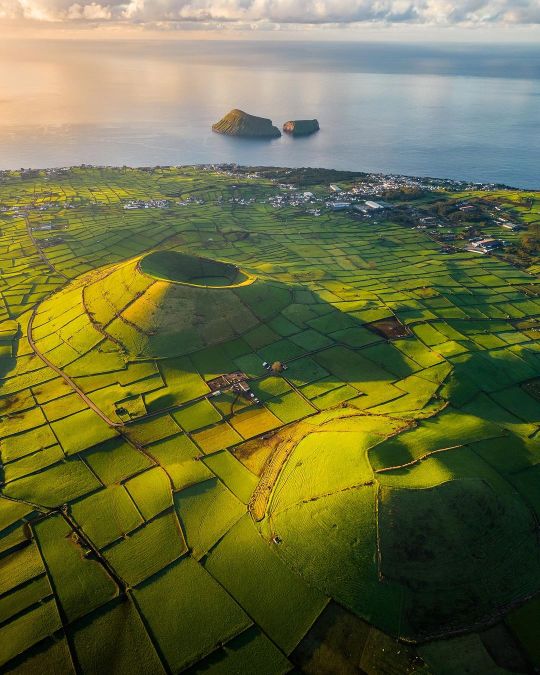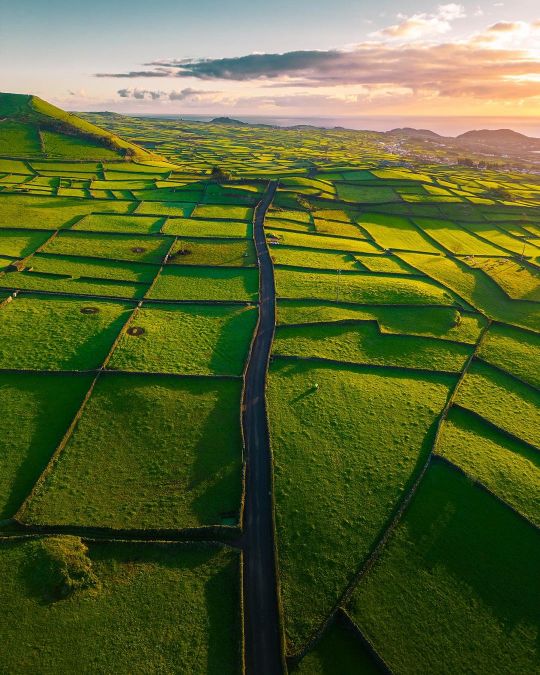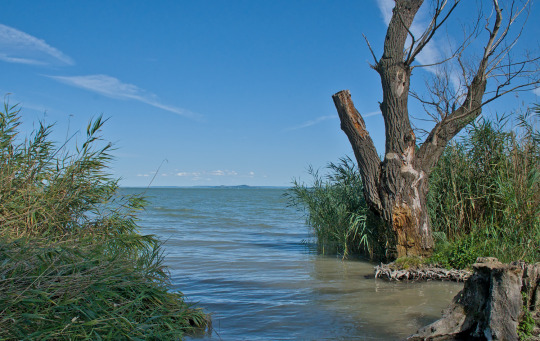#places to travel
Explore tagged Tumblr posts
Text



Terceira Island
mblockk
586 notes
·
View notes
Text
Istanbul, Türkiye
189 notes
·
View notes
Text

#photography#photographers on tumblr#new england#autumn#nature#train#trains#mountains#mount washington#art#artists on tumblr#steam engine#history#places to travel#retro#vintage
37 notes
·
View notes
Text
Places that bring me peace & happiness.
~beccawise7💜🖤
Trinity College Longroom, Dublin, Ireland.

#library#books and reading#books and libraries#books and literature#books and coffee#places to visit#places to see#places to travel
14 notes
·
View notes
Text

#places to travel#places to visit#places to go#places to see#buildings#cities#architecture#beautiful photos#photoshop#photoshoot#picture#i sell photos#photograph#my photos#photographer#photooftheday#phtography#photography#photo#photographs#photografy#photograhy#photography by#art#artwork#artists on tumblr#vintage photos#places#i want to go to there#beatiful
73 notes
·
View notes
Text

Along lake Balaton, Keszthely, Hungary
#balaton#lake#landszcape#photography#travel#a game of tones#nature#places to travel#keszthely#hungary#wanderlust#hiking adventures#original photographers#photographers on tumblr#lensblr#original photography#landscape
35 notes
·
View notes
Text
#perth#scotland#unitedkingdom#united kingdom#great britain#britain#greatbritain#LoveGreatBritain#VisitScotland#OnlyInScotland#travel#tourism#trips#holidays#vacation#travel tips#travel guide#travelgram#traveltheworld#things to do#things to see#places to go#places to see#places to travel#places to visit#travellover#traveladdict
2 notes
·
View notes
Video
youtube
InShot 20240606 081334730
#youtube#orangutan#sumatra#vlog travel#travel planning#places to go#places to see#places to travel#travel indonesia#indonesia#people#primates
2 notes
·
View notes
Text

Transparent water in Sicily
#sicily#travel#sicilia#palermo#travellers#land and water#water photography#blue waters#waterscape#nature#sicily italy#to see in sicily#places to travel#the place for snorkeling!
4 notes
·
View notes
Text
Top 10 Must-Visit Destinations in 2025 – Book Your Trip Now!

Are you ready for your next adventure? 2025 is bringing new travel trends, breathtaking destinations, and unforgettable experiences. Whether you’re a beach lover, history enthusiast, or adventure seeker, there’s a perfect place waiting for you! Explore the world’s best destinations and book your flights and hotels today!
🌍 Book Your Dream Trip Now: https://trip.tp.st/7dGBPYUh
1. Bali, Indonesia – A Tropical Paradise
Bali is a dream come true with its pristine beaches, lush rice terraces, and spiritual retreats. Whether you’re looking to surf, explore temples, or just relax, Bali has something for everyone.
🏝 Start Your Bali Adventure: https://trip.tp.st/7dGBPYUh
2. Paris, France – The City of Love
Paris remains one of the most iconic travel destinations. Walk along the Seine, marvel at the Eiffel Tower, and indulge in the finest cuisine.
🍷 Plan Your Parisian Getaway: https://trip.tp.st/7dGBPYUh
3. Tokyo, Japan – A Futuristic Wonderland
Tokyo blends tradition with cutting-edge technology. Enjoy cherry blossoms in spring, explore ancient temples, and dive into its vibrant nightlife.
🎌 Book Your Tokyo Experience: https://trip.tp.st/7dGBPYUh
4. Santorini, Greece – A Romantic Escape
Santorini’s whitewashed buildings and stunning sunsets make it one of the most romantic places in the world. Enjoy breathtaking views and delicious Mediterranean cuisine.
🏖 Escape to Santorini: https://trip.tp.st/7dGBPYUh
5. Dubai, UAE – Luxury & Adventure Combined
From the Burj Khalifa to desert safaris, Dubai offers a mix of luxury shopping, thrilling experiences, and futuristic attractions.
🏙 Discover Dubai Today: https://trip.tp.st/7dGBPYUh
6. New York City, USA – The City That Never Sleeps
Explore Times Square, Broadway, and Central Park. NYC is a hub of culture, entertainment, and world-class dining.
🗽 Plan Your NYC Trip: https://trip.tp.st/7dGBPYUh
7. Rome, Italy – A Journey Through Time
Visit the Colosseum, Vatican City, and the Trevi Fountain. Rome’s history and charm make it a must-visit.
🍕 Book Your Roman Adventure: https://trip.tp.st/7dGBPYUh
8. Machu Picchu, Peru – A Wonder of the World
For adventure lovers, Machu Picchu offers breathtaking landscapes and ancient ruins to explore.
⛰ Start Your Inca Trail Journey: https://trip.tp.st/7dGBPYUh
9. Sydney, Australia – A Vibrant Coastal City
Sydney boasts stunning beaches, iconic landmarks like the Sydney Opera House, and exciting outdoor adventures.
🌊 Visit Sydney Now: https://trip.tp.st/7dGBPYUh
10. Cairo, Egypt – A Land of Ancient Wonders
Experience the mystery of the Great Pyramids, explore the Nile River, and immerse yourself in rich history.
🐪 Uncover the Secrets of Cairo: https://trip.tp.st/7dGBPYUh
🌎 Your Next Adventure Awaits! Where will 2025 take you? No matter your travel style, these destinations are ready to welcome you. Book your flights and hotels now for the best deals!
✈️ Start Your Journey Today: https://trip.tp.st/7dGBPYUh
#travel#traveling#travel photography#wanderlust#trip#travel blog#travelling#luxury travel#travelphotography#solo travel#travel tips#tourism#travel guide#flight booking#taxi booking#best spa booking software#cab booking#hotel booking#barbados#jaipur#traveltips#places to see#places to go#places to travel#places to visit#places to eat
0 notes
Text
#jyotirlinga#12jyotirlinganameandplace#places to visit#places to go#places to see#places to travel#places to eat
1 note
·
View note
Text
Mykonos, Greece
160 notes
·
View notes
Text

The mountain Cog railway.
#photography#nature#photographers on tumblr#tumblr#autumn#new england#fall#beautiful#train#steam train#trip#mount washington#travel#holiday#conway nh#train travel#historic#steam engine#places to travel#fyp#for you
32 notes
·
View notes
Text

1 note
·
View note
Text

The Movie IT was filmed at this covered bridge in Ontario Canada 🇨🇦 🎥
#ambitious women#beautiful women#beauty#glow society#the glow society#fit beauty#health#self love#self improvement#self care#movies#movie review#wicked movie#moviegifs#horror movie#movieedit#movie poster#fnaf movie#movie quotes#gladiator movie#cinema#cinephile#cinemetography#cinestill#entertainment news#dining and entertaining#places to visit#places to go#places to travel#places to see
4 notes
·
View notes